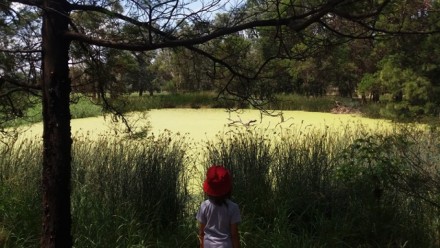Climate Change and Parasitic Disease
Share
Climate-change is a dubious term as it purports that the climate is set within narrow limits. This might be true for the last few hundred years but at timelines stretching millions of years our world and its climate is more like a rollercoaster with Earth swinging between a snowball state and greenhouse conditions. Even the short term is in doubt with climate-change models challenging public health in the foreseeable future, but one should bear in mind that forecasting suffers from ambiguity even in time-frames as short as the next 30-50 years. Meteorological variables, such as temperature, humidity, water bodies and others, govern the distribution of vector-borne diseases through their combined effect on the survival, movement and reproduction of the vectors. Temperature is also critical for the maturation of parasite developmental stages that grow inside the vector. Indeed, even an increase in the average temperature of one or two degrees before the end of this century, as predicted by the Intergovernmental Panel on Climate Change (IPCC), could completely alter the borderlines of endemic areas.
When contemplating these scenarios, the terms threat, hazard and risk are often used as synonyms. However, there is an important semantic difference, particularly between the former two and risk, which can be mathematically expressed by a formula that shows risk as a function of the hazard and the population at risk. It is important to remember that hazard is strictly potential, while risk is the probability of this hazard actually occurring. It follows that for populations living in areas characterized as endemic, exposure and infection are close to 100%. It should also be remembered that the degree of risk is a dynamic parameter and risk assessments thus also involve a temporal dimension. This will be discussed in relation to vectorborne diseases.
The biggest current worry with respect to climate change is that it might be precipitous rather than gradual and, therefore, strongly resistant to mitigation, demanding a rapid pre-emptive response earlier rather than later. Forecasting should therefore be seen as a project considering various scenarios with different possible endpoints, so models should continuously be updated as needed when new information becomes available. We should be prepared to rapidly modify present strategies accordingly in order to mitigate the risk due to climate-sensitive diseases. At the moment, the most important risks appear to be atmospheric carbon dioxide levels on the one hand and solar activity on the other.












